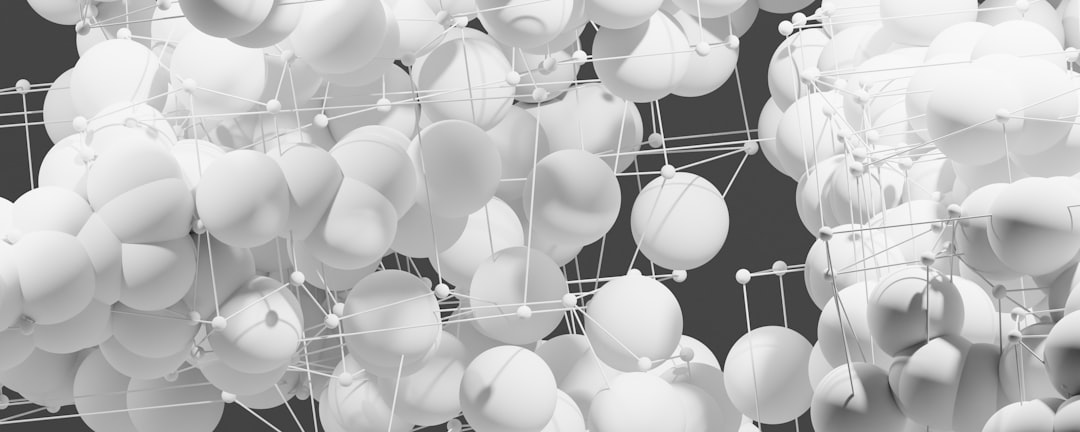What is it about?
This study presents a novel synthetic inflow generator capable of producing a random field matching a realistic set of two-point statistics with minimal input. The method is based on two main elements. The first element is a procedure to infer realistic two-point covariance tensors from readily available data (e.g. freestream velocity, boundary layer thickness, and turbulence intensity) by a preliminary Reynolds averaged Navier–Stokes (RANS) simulation with an explicit algebraic Reynolds stress model (EARSM) closure. The second element is an efficient eigen-decomposition step of the two-point correlation tensor which determines a set of modes. The modal decomposition guarantees the spatial correlation in transversal directions, while the temporal correlation/streamwise spatial correlation is obtained by digital filters based on longitudinal and transversal spectra of a realistic shape and Taylor's hypothesis. The instantaneous inlet flow field is obtained by a linear combination of the modes via uncorrelated random weights with unit variance. The modes are generated in a computationally inexpensive pre-processing step. Compared to existing inflow generation methods that try to match given two-point statistics, the proposed method relieves the burden of obtaining data from direct numerical simulation (DNS) or experiments, while the complexity of the eigenvalue problem that needs to be solved is reduced. The proposed method is shown to produce a realistic turbulent channel flow and a realistic turbulent boundary layer by the large eddy simulation (LES), which contains statistics that are in good agreement with results from DNS. The proposed inflow generator features, cost-effectiveness, robustness, and potential for generalization to complex geometries.
Featured Image

Photo by Luka Slapnicar on Unsplash
Why is it important?
Compared with previous synthetic generation methods, the procedure proposed in this study is much more efficient for the following reasons. First, the preliminary simulation is tiny. A realistic approximation of correlations for use in the main simulation finishes within seconds. Second, all the efforts required for synthesizing the inflow signal, at the stage of the main simulation, are the random number generator, which does not need to update every timestep, and convolution. All the filtered coefficients of modes are prepared before the main simulation. Third, the synthesizing is operated on a single two-dimensional slice, although 3D data are required. This is enabled by the filtering (the exponential function of the time filter) that correlates the current data with the data from the previous time step. Robustness and accuracy are improved because the proposed method guarantees the prescribed Reynolds stresses, the realistic lengthscales, and two-point and two-time correlations without resorting to a 'decoupling tensor scaling'. Results prove that as long as controlling parameters needed are set up reasonably, the proposed synthetic generator can produce turbulence inflow which is more close to realistic compared to other existing inflow generation methods. The inflow generator method can show a slight advantage over the periodic method in matching the DNS curve in the log-law region and Reynolds normal stresses. The Reynolds shear stresses by the proposed inflow generator can collapse onto the reference data more quickly with better matching. This is mainly because, rather than using uniform lengthscales for different heights as in other methods, the proposed synthetic inflow generator specifies realistic lengthscales for corresponding heights which are estimated from the preliminary EARSM calculation. The proposed inflow generator shows potential for more complex applications, as the mode preparation and mode interpolation during the preliminary procedure doesn't limit the shape or the meshing type of the inlet slice. The proposed synthetic inflow generation will be able to make contributions to complex geometries or industrial applications where it may be difficult to set up auxiliary simulations with periodic boundaries or find any source of library data. The authors would recommend applying the proposed inflow generator to a wide range of turbomachinery cases such as film cooling flows.
Perspectives
The work is sponsored by Rolls Royce plc. I hope this paper can be useful for people who need a turbulence generator in complex applications such as turbomachinery cases. This paper is taken as one chapter of the first author's Ph.D. thesis. The proposed inflow generator is then applied to film cooling cases with different types of film cooling holes in the rest of the chapters of this Ph.D. thesis. Thanks to this inflow generator, the turbulence in film cooling cases has been successfully captured and studied in a few aspects, which are about to be published later on. I do hope you find this method thought-provoking and helpful in more applications. Feel free to contact me muting.hao@stcatz.ox.ac.uk (or mthaodlut@gmail.com) if you have any questions or ideas for improvement.
Dr. Muting Hao
University of Oxford
Read the Original
This page is a summary of: Generation of turbulent inflow data from realistic approximations of the covariance tensor, Physics of Fluids, November 2022, American Institute of Physics,
DOI: 10.1063/5.0106664.
You can read the full text:
Contributors
The following have contributed to this page










